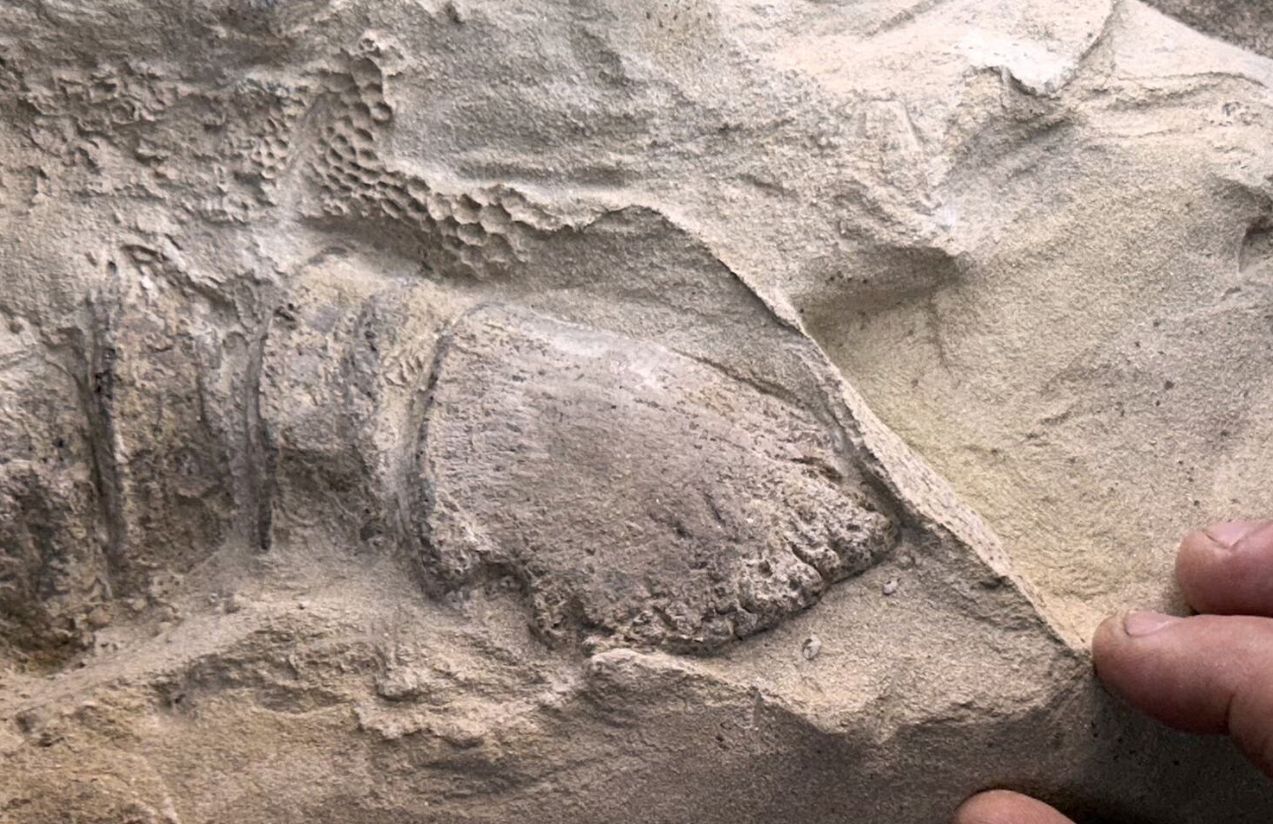Recently, in the Badlands of Wyoming, paleontologists discovered exceptionally well-preserved dinosaur specimens. The remains of an Edmontosaurus annectens reveal skin, scales, spines, and hooves, offering an unprecedented glimpse into the anatomy of these creatures that roamed the Earth more than 66 million years ago.
These so-called “dinosaur mummies” are not mummies in the traditional sense, but bodies encased in layers of clay that captured even the external details of their skin and the shape of their hooves, a feature never before confirmed in dinosaurs.
The findings not only allow for more accurate reconstructions of this duck-billed herbivore’s appearance but also challenge previous ideas about its locomotion and lifestyle during the Late Cretaceous period. What kind of terrain did it inhabit? How did it walk? These clues may become clearer thanks to the remarkable state of preservation of the discovery.
Why is this discovery so important for paleontology?
Because it marks a new era in the study of dinosaurs, revealing not only their bones but also the fine details of external tissues and anatomical adaptations, allowing scientists to better understand their biology, evolution, and deep ecological context.

